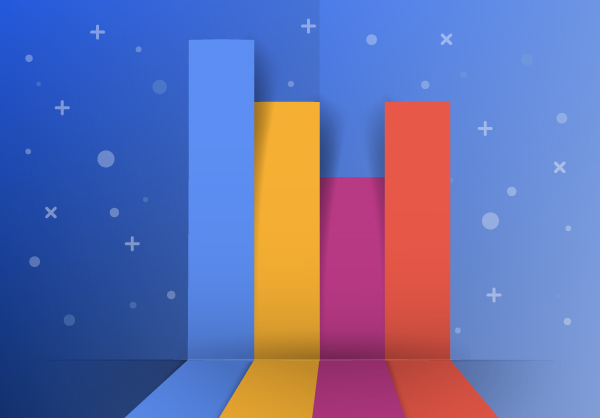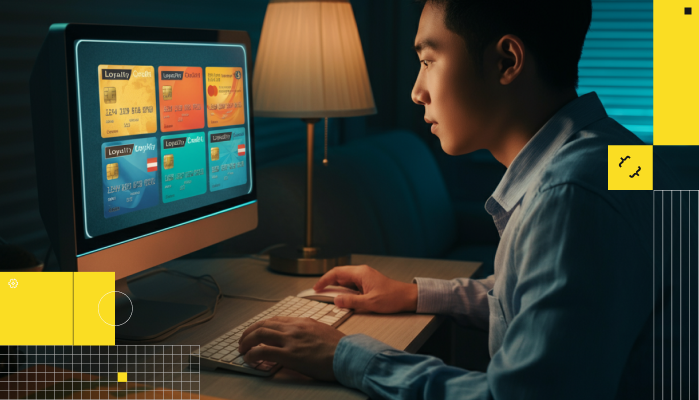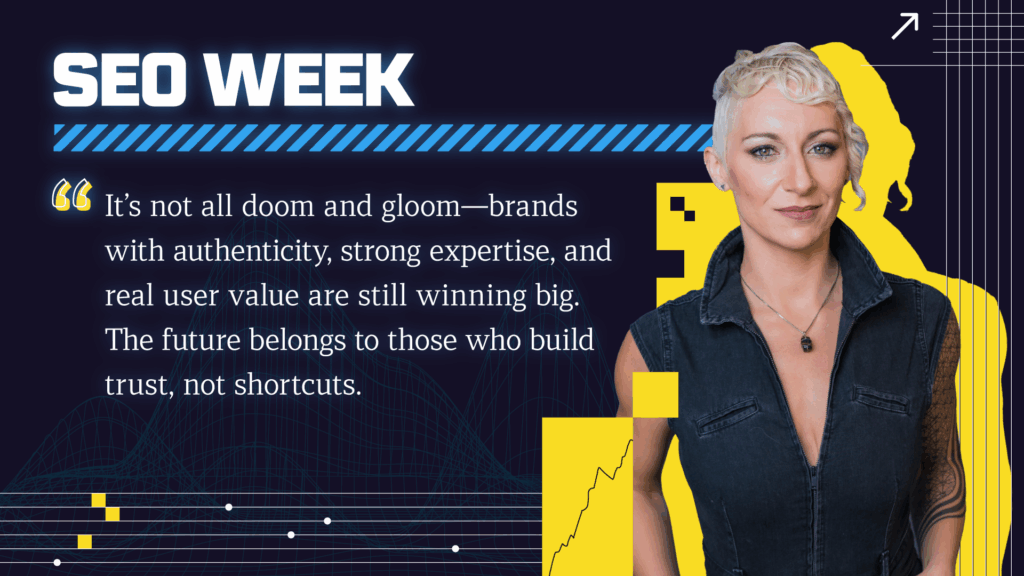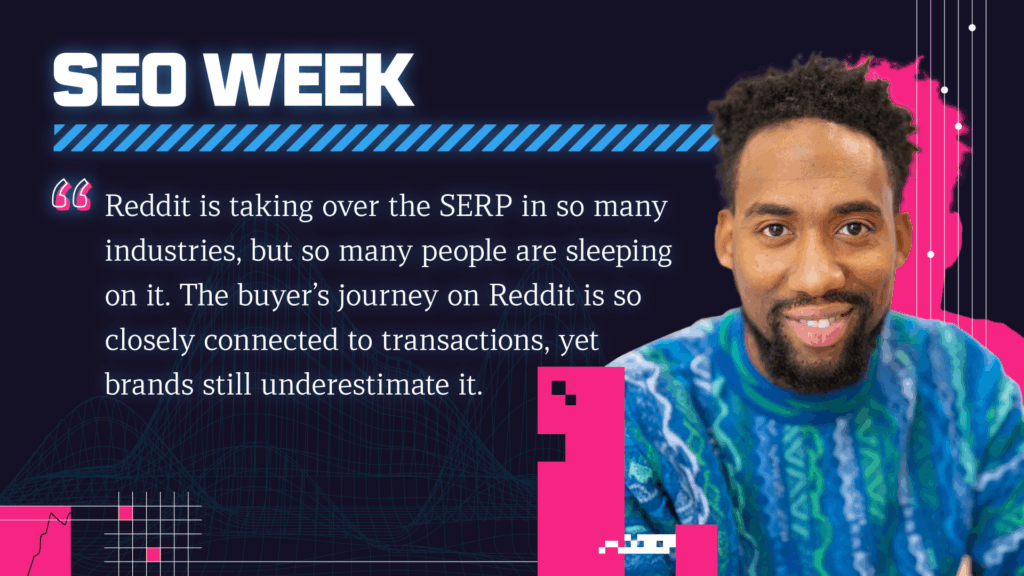Coronavirus has changed the way we used to think about consumer behavior and made us reimagine existing market segmentation. The ‘new normal’ that emerged from COVID-19 is what has become an everyday reality for many. Mass business shutdowns have caused consumers to refrain from engaging in densely populated environments—a landscape we are slowly growing comfortable with.
To better understand our changing consumer landscape, we conducted a survey to segment the new audiences that have emerged during the COVID-19 pandemic. These audiences have been segmented with consideration to demographics, current household behaviors, consumer behaviors, and political beliefs. This survey was conducted among N=559 US adults aware of COVID-19 sampled and weighted to be representative of the American population. (Testing was conducted at a 95% confidence interval with an effective base of 385 participants for statistical calculations and a 5% margin of error.)
Early insights: Some hunches, some conditions, some lessons
Early data suggested that COVID-19 would be impactful on a wide spectrum. It seems clear at this stage, that a combination of consumer implications and a changing approach to marketing has considerable potential to be transformative in understanding our new landscape.
Our Marketing in the Age of COVID-19 webinar, reported on some early observations about the pandemic and posited a few hunches we further explored. We share them here with the important caution that it is too early to tell whether all of these hunches will prove correct—changes take time, and so does analysis.
- Consumer behavior is changing. With rates of unemployment and the risk of homelessness rising, consumers have been unable to get access to many essentials. While we continue to face vast uncertainty, spending on major categories such as fuel, travel, and entertainment have been reduced. Changes in consumer behavior are apparent in daily life and in our shopping experiences. We have to be cognizant of the ways in which we can reach consumers based on what they are purchasing and demanding now.
- Changes in media consumption. Media consumption has changed over the past few weeks and is increasing dramatically. While many businesses and schools are closed, people are using their devices to check on social media, communicate with their friends and families, and work remotely. With more time throughout the day, access to the digital world is increasing and becoming constant. The way we search is also changing and is highly dependent on the coronavirus.
- Impact on workforce. COVID-19 has changed our workforce, which now heavily consists of essential workers, non-essential workers who are able to work remotely, and unfortunately for many, unemployed. Since we have been in a National State of Emergency, millions of Americans have filed for unemployment or attempted to. Our population continues to experience severe levels of distress and poverty.
While these broader hunches are proving to be true, we noted key factors that are affecting how the consumer landscape continues to change.
Spending Behavior is Changing
Despite shelter-in-place mandates being in effect, some consumers are still going on dates and meeting up with friends and family. However, most consumers are leaving their homes for reasons that would be considered essential such as shopping for groceries, getting fresh air and exercise, picking up food, or seeking medical attention.
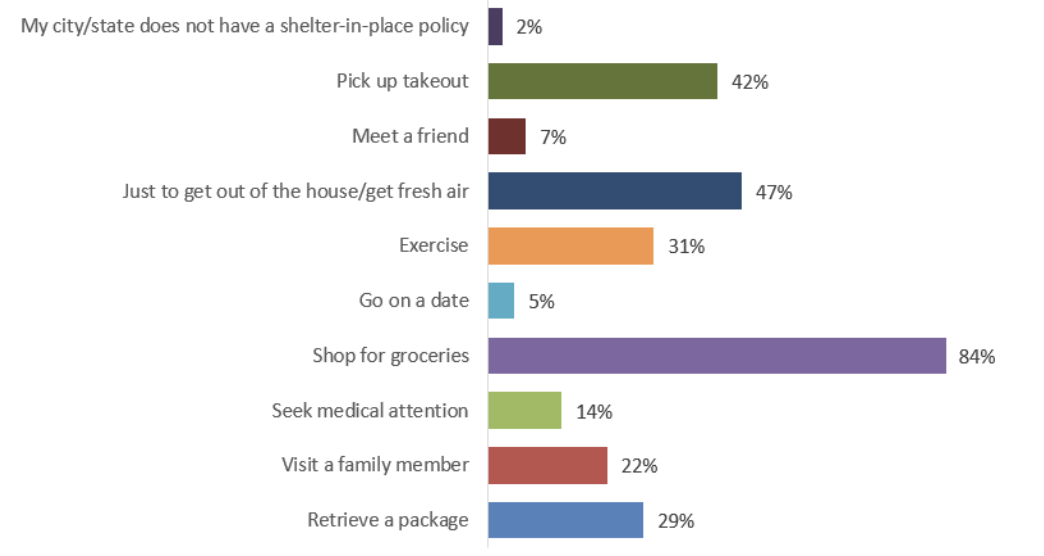
Consumers Are Expecting Longer Delivery Times
With brick and mortar shops being closed and dine-in options being unavailable, consumers are making their purchases online, ordering groceries from services such as FreshDirect or InstaCart, take-out from couriers like Seamless and Postmates, and personal items from marketplaces like Amazon. Due to the high demand of many products, items are running low in stock and consumers are expecting longer delivery times. 62% of respondents are still placing online orders despite delivery delays and do not see this factor as a deterrent.
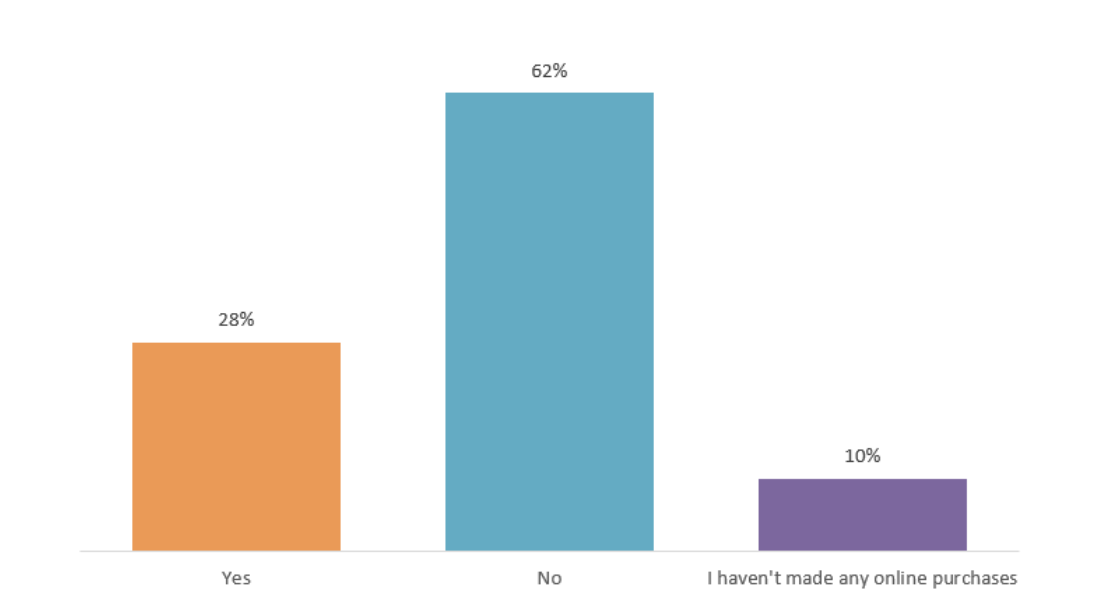
Consumers Are More Inclined to Make Online Purchases
Participants were also asked about changes in their online shopping behavior. 53% of respondents felt that their current levels of online shopping and ordering groceries online would remain the same, with 26% increasing their online purchases. These points demonstrate that consumers are more inclined to make their purchases online because of how facilitated the process has become.

Without having to leave their homes, consumers are able to buy the products they need, with only some time delays. This is a service that can be expected to continue increasing throughout the pandemic and even outlasting it.
Media Consumption Continues to Increase
Screen time has increased significantly since the start of the pandemic. Whether users are looking for information and updates on COVID-19, or ways to occupy their time, users are actively consuming media on their phones and tablets.
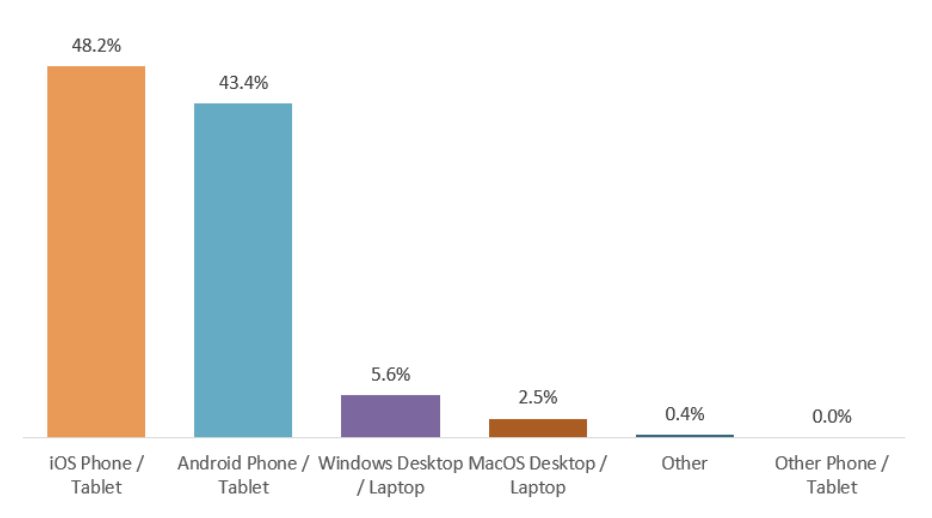
Based on data, users are expected to continue their device usage and online activity post-COVID-19. Almost 50% of respondents report their screen time, news media intake, social media and gaming activities would remain at their current levels. While about 25% reported their levels would decrease, we can still expect users to be heavily engaged in online content and interactions.
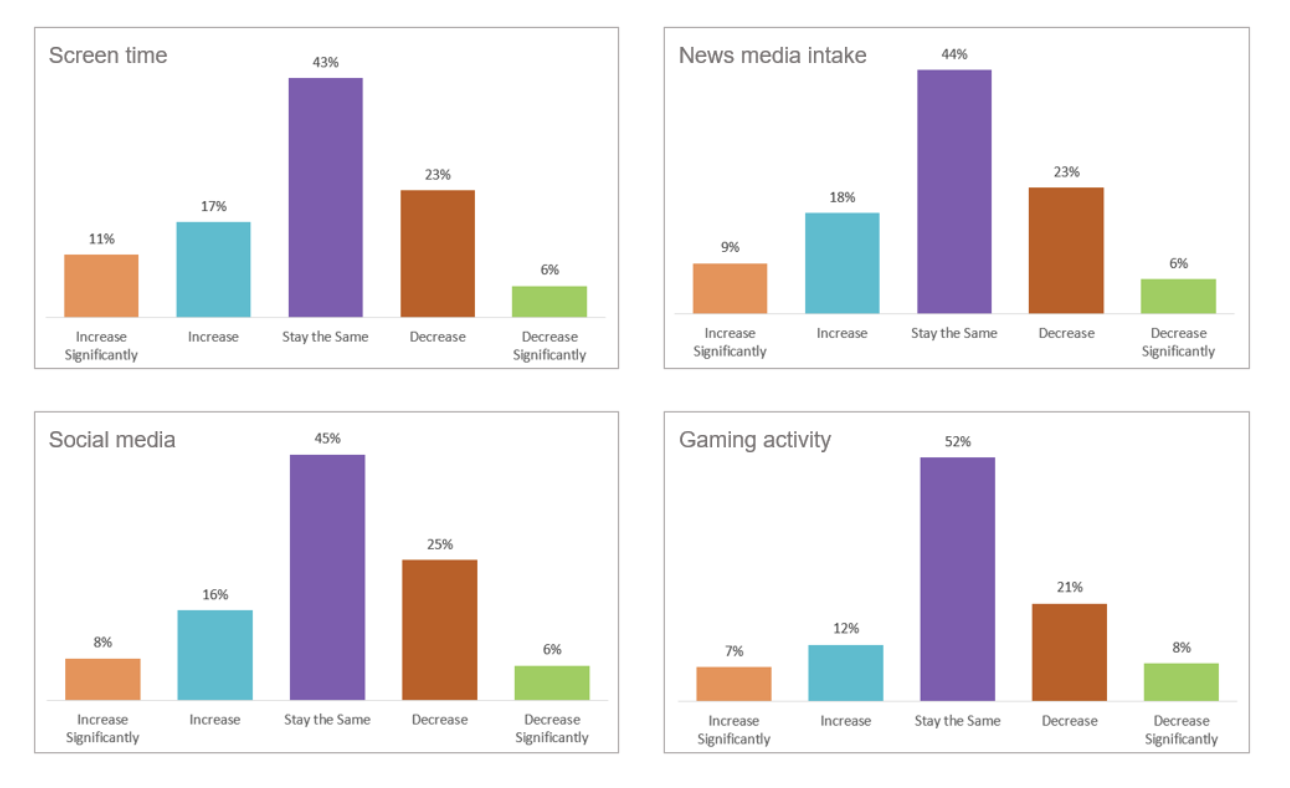
Feelings and Attitudes Are Being Adjusted
Consumers have been experiencing a range of emotions throughout the pandemic. COVID-19 has had detrimental effects on millions, with many experiencing unemployment and the inability to access necessary resources.
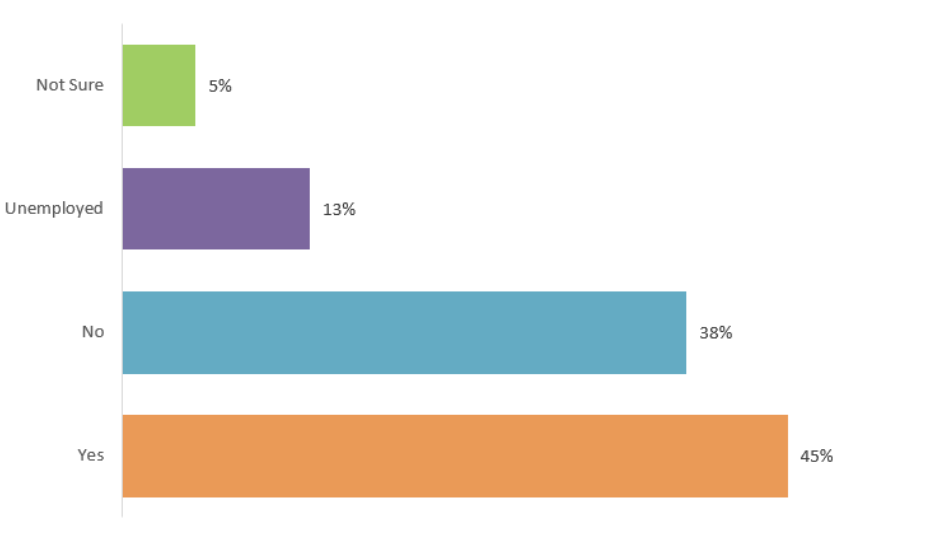
13% of respondents are currently unemployed, with 45% leaving home to go to work. Levels of distress and mistrust are not unprecedented during these times.

Feelings of uncertainty and distress continue to shift as consumers slowly adjust to day to day routines.
What’s next?
While we can’t always be prepared for future times of crisis, we are able to continue learning about our audiences and adapting our strategies to be applicable in alternative landscapes. As we adapt to our “new norm”, we still expect to see fluctuations in consumer behavior. As leaders, we can set a great stage for recovery by making our own changes:
- Take time to reassess your existing marketing segments and align them with the new landscape.
- Focus on current trends and COVID-19 related searches and continue being empathetic with your marketing and advertising strategies.
- Determine the best content format for your business. With more users consuming digital media, video content will resonate with many consumers.
The consumer landscape has changed and will only continue to do so. Now is the time to take action by setting goals driven by content and ingenuity. Whether your business took a hit or you’re having a hard time reaching your target audience, it’s important to focus on the consumer and understanding what they want now and what they will want moving forward.
Along with our data, additional analyses will be conducted throughout the next few months. All the while, we will work to ensure we are only gathering useful data. Make sure to download our ebook, Marketing in the Age of COVID, where we highlight key insights on marketing and provide proto-personas informed by the above data to be used in conjunction with existing segments during the coronavirus pandemic. In the meantime, we welcome your questions and comments! Feel free to connect with us.
